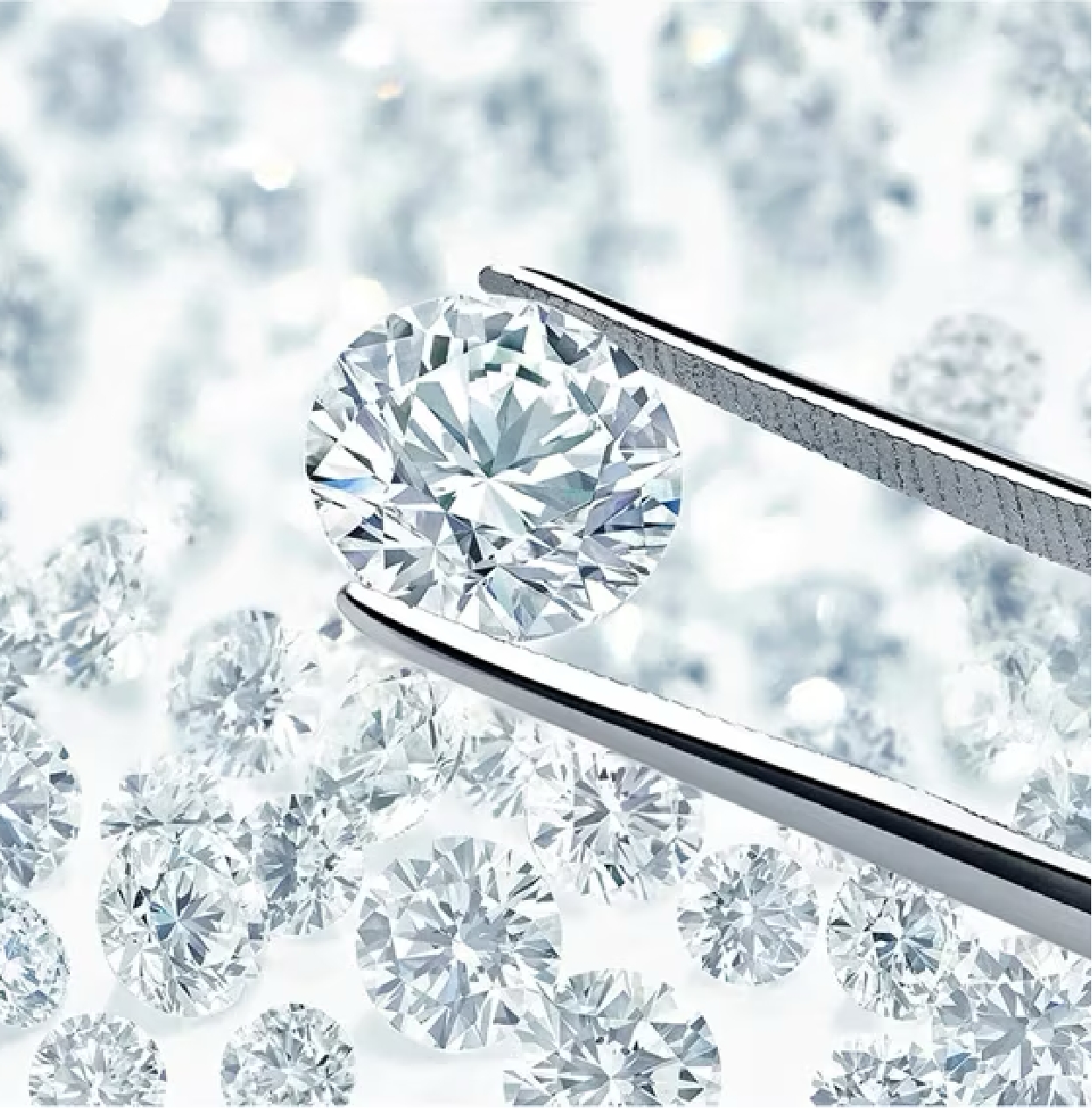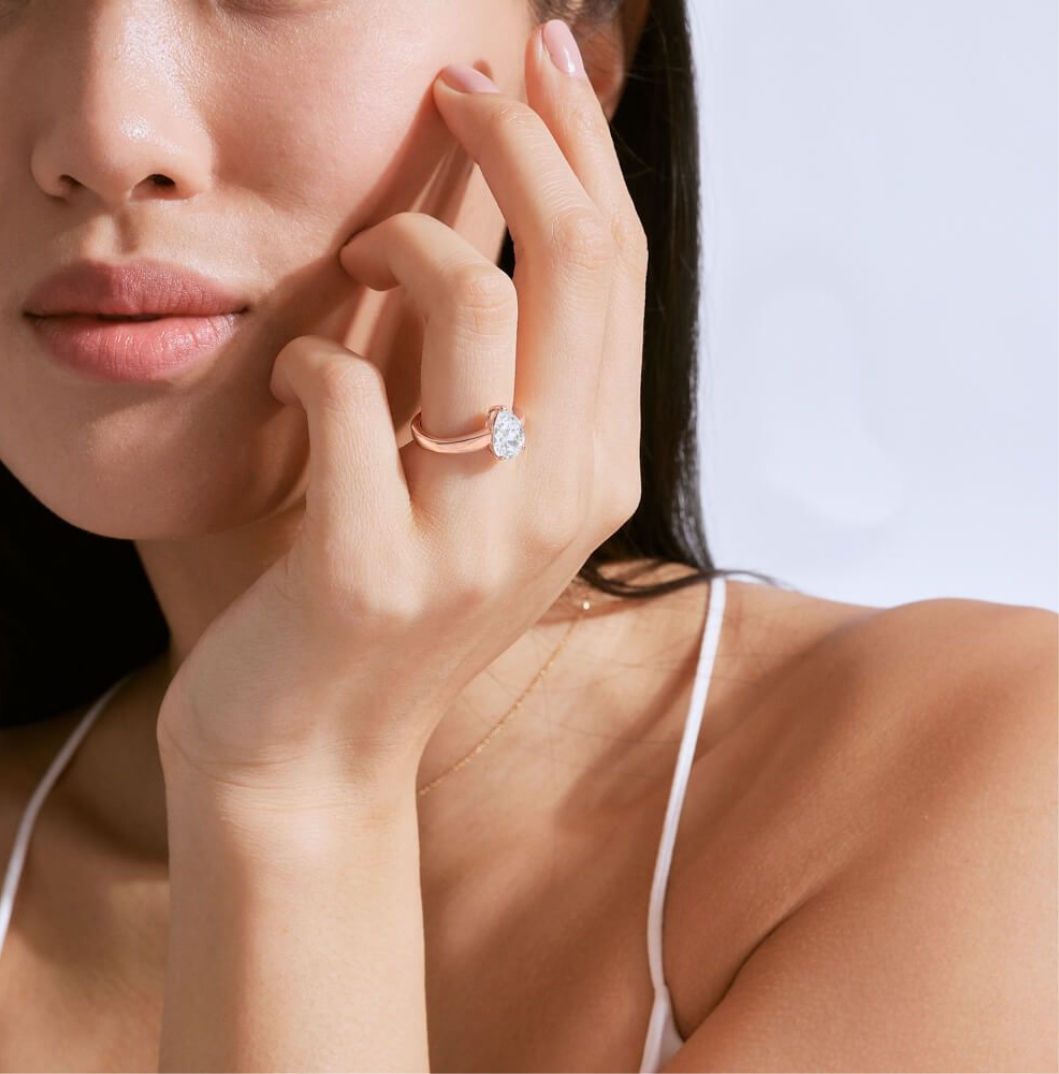Round
The first and most common diamond given as a sign of commitment is typically a round diamond. They are considered a brilliant cut because of its traditional, symmetrical, uniform shape, which has 58 facets. Also, compared to other fancy designs, round cut diamonds’ faceting enhances the appearance of colour and imperfections. You probably won’t be able to glance around without running into a round diamond engagement ring because these gems are so cherished that over 50% of all diamond purchases are round cuts.
Princess
In the realm of diamonds, princess cut stones truly reign supreme. The second most popular shape after rounds is the square cut diamond, which includes princess diamonds. Princess cut stones are beautiful cut, just like the stones that are slightly superior to them. Princess cuts feature up to 76 tiny facets and a square (or sometimes rectangular) form with pointed corners. You can find it listed as a square modified brilliant on a GIA report.
Cushion
The name cushion cut, which also refers to the mine cut or old mine cut, comes from the shape of the stone, which is shaped like a pillow. What precisely is a cushion-cut diamond? Unlike princess cut diamonds, which have square or rectangular shapes, these loose diamonds have rounded corners. Cushions have more fire than round brilliant diamonds, although often being less dazzling.
Radiant
The radiant cut diamond is a stunningly symmetrical, non-traditional cut that combines the emerald cut’s purity with the round cut’s sparkle. Its loose diamond shape’s rounded corners offer it the versatility to shine in different types of jewellery, particularly engagement rings. In contrast to a princess cut, the faceting of a radiant cut maintains gentle, trimmed corners while giving it a fiery appearance.
Asscher
The asscher cut, which is a combination of the princess and emerald cuts with X-shaped facets from its corners to its centre culet, is also a step cut diamond like the emerald cut. Many upcoming brides who adore classic elegance choose asscher cut diamonds because of their clear balance and Art Deco vibe. The asscher diamond’s step cut draws attention to the stone’s clarity and is perfect for highlighting loose stones with greater clarity levels.
Emerald
Emerald cut engagement rings have a unique edge: the step cut shape highlights the clarity of the diamond, creating a subtle flash of sparkle that other shapes do not provide. An engagement ring with an emerald cut diamond can look extremely modern, with simple, clean lines that create an enchanting 'hall of mirrors' effect.
Oval
The classic, vintage cut of the pear cut, pear shaped, or teardrop diamond symbolises an emotional connection or bond. It is a dazzling cut, like the round cut, and is renowned for its tremendous shine. These loose diamonds have a teardrop shape and combine the greatest qualities of marquise and round cuts. Several people describe diamonds as being chilly or flowing like water.
Pear
The marquise diamond is a traditional and elegant diamond form that wins hearts with its charming smile-like shape. Although if you see something else, we won’t hold it against you. Marquise cut gemstones are also known as navette, eye, football, and boat-shaped diamonds. None of them are inaccurate; in fact, the “navette” cut diamond, which means “small ship” in French, is sometimes compared to all of these in terms of shape.
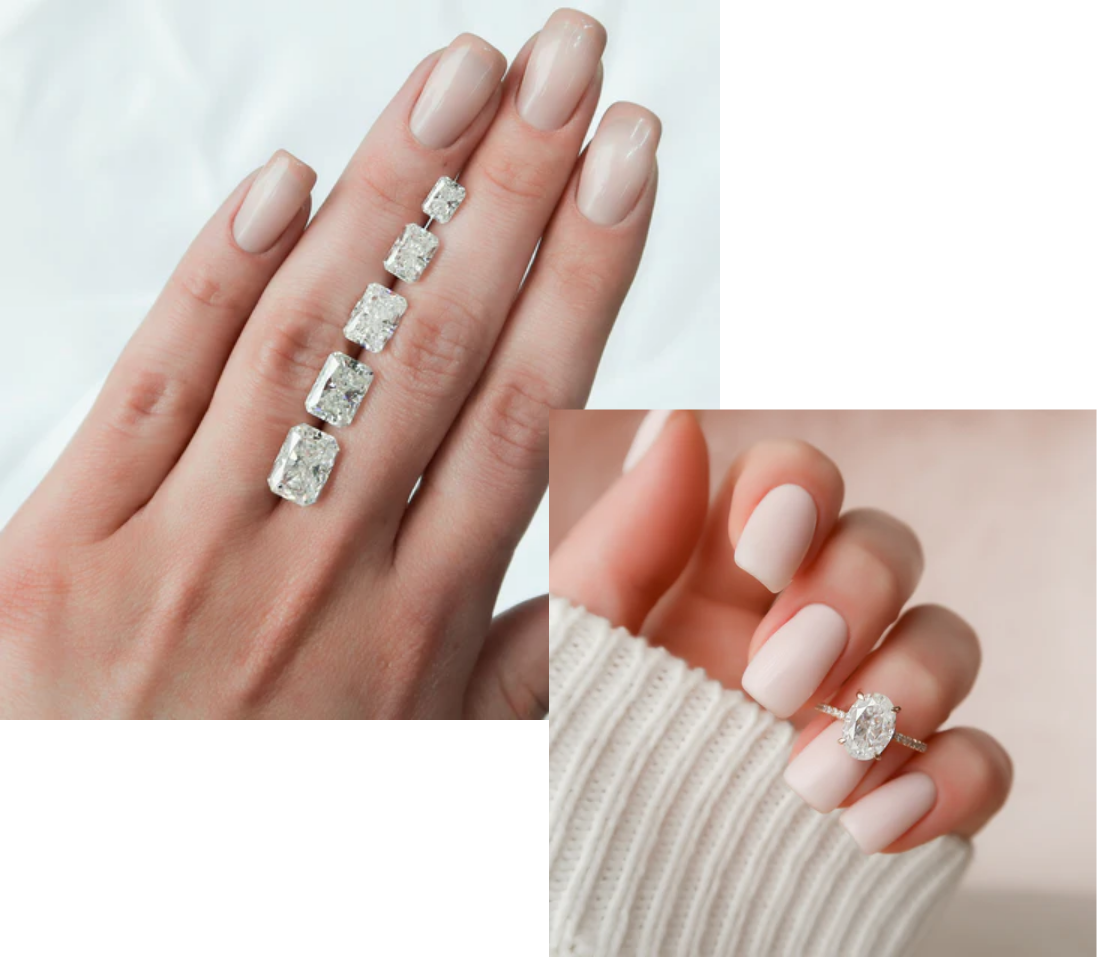

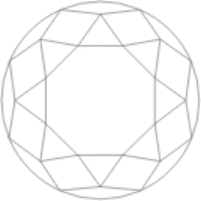
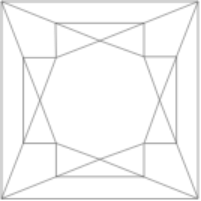

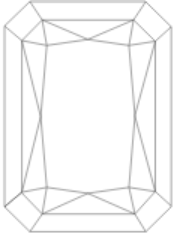
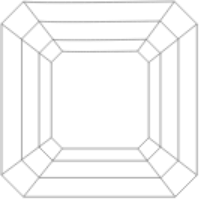
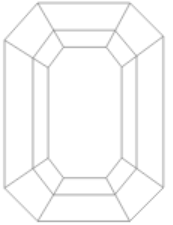
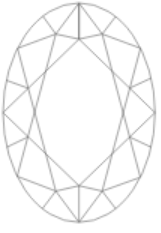

 0121 507 0259
0121 507 0259
 Book Appointment
Book Appointment



